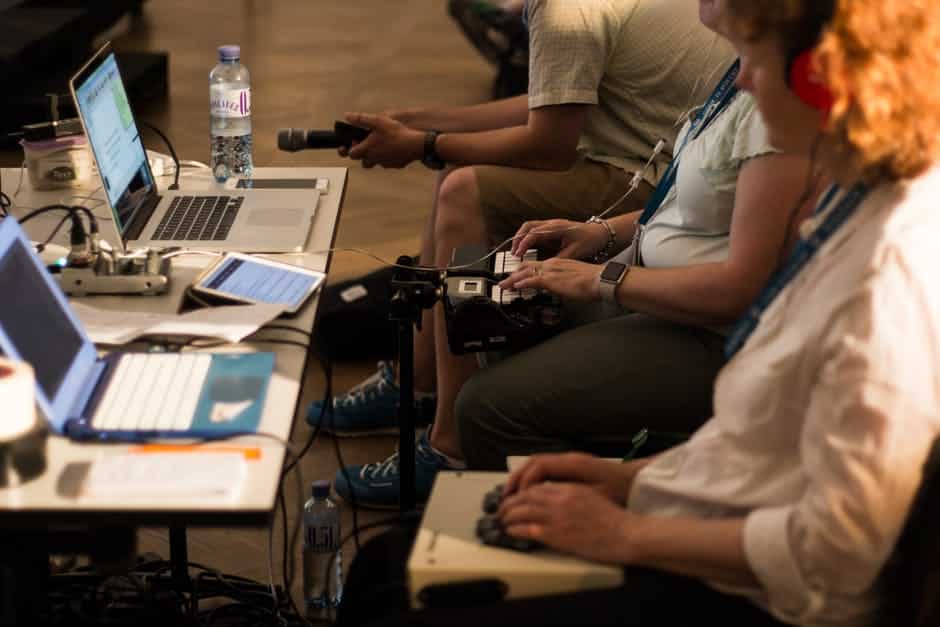Do your eyes ever feel strained, watery, and irritated after staring at your computer screen for an extended period of time? Digital screens emit what’s known as blue light. This strains and hurts your eyes. Fortunately, there are ways to reduce blue light emissions from your screen.
Use the Windows 10 Tool
Windows 10 has a built-in tool that limits blue light emissions. To access it, go to Settings and click on the display icon. At the top, toggle Lower Blue Light Automatically to On. Click on the settings option to adjust your blue light filter settings and set hours for it to go on.
Use Flux
Flux, or f.lux, is a popular app for computers that many people use to reduce blue light emissions. It works on Windows, Linux, and Macs. It makes your computer screen appear more like the lighting in your room. This changes based on the time of the day; it lowers your screen’s brightness at night. This helps keep your eyes from being irritated.
Use a Browser Extension
There are many browser extensions that can help reduce your computer’s brightness. Go to the Chrome or Firefox store and look for night light or blue light filter extensions. F.lux has its own extension, called G.lux. You can also just try lowering the brightness of your computer in general.
Limit Exposure
Of course, you can also take some simple steps to reduce your eyes’ exposure to your computer’s blue light. Take frequent breaks when at your computer. Use the 20/20/20 rule: Every 20 minutes, take a 20-second break and rest your eyes on an object that is at least 20 feet away.
For more computer tips, contact us today!





